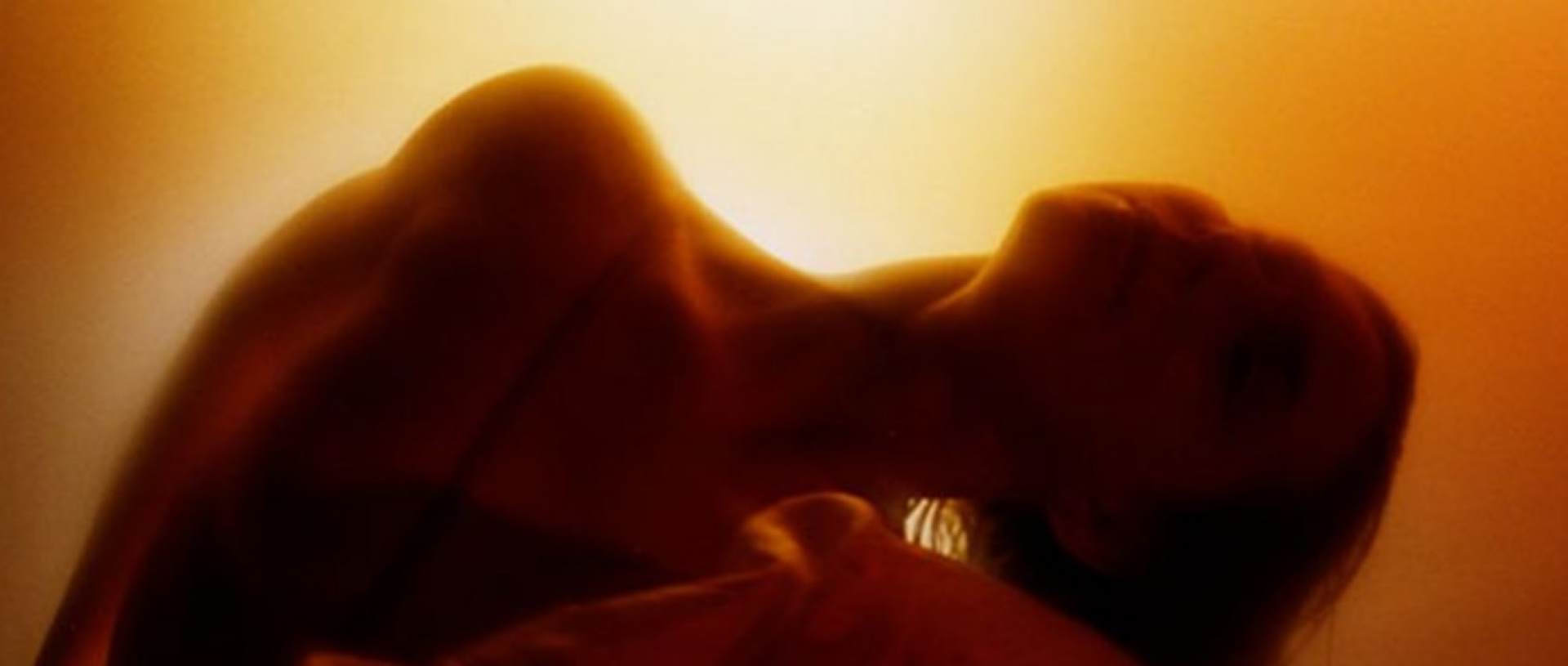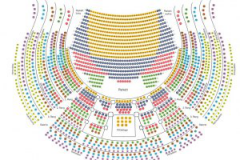Wings of Memory, Ballet
April 2025 | ||||||
|---|---|---|---|---|---|---|
Mo | Tu | We | Th | Fr | Sa | Su |
Choreography Jiří Kylián, Sidi Larbi Cherkaoui, Pina Bausch. Music Antonio Vivaldi, Claude Debussy, Igor Strawinsky.
Three-part evening (1995, 2009, 1975)
"Das Frühlingsopfer" is a co-production of the Bayerisches Staatsballett and the Pina Bausch Foundation.
Approx. 2 hours 10 minutes incl. 1 interval
The three-part evening Wings of Memory with works by Sidi Larbi Cherkaoui, Jiří Kylián and Pina Bausch is the focus point of the 2025 Ballet Festival Week with a one-off series of performances over six days. Bausch's epoch-making interpretation of Igor Stravinsky's Le Sacre du Printemps takes centre stage. First performed at the Wuppertal Opera House in 1975, the 35-minute work is now one of the signature pieces of the dance theatre legend, who died in 2009. Sidi Larbi Cherkaoui's version of Claude Debussy's instrumental work Prélude à l'après-midi d'un faune and Bella Figura by Jiří Kylián can also be seen as part of this three-part programme.
The three-part ballet evening entitled Wings of Memory begins with Bella Figura by Jiří Kylián. The work, set to music from various baroque compositions, captivates with the beauty of its choreographic forms and figures. The second work of the evening comes from the director of the Grand Théâtre de Genève, Sidi Larbi Cherkaoui, who brings his 2009 realisation of Prélude à l'après-midi d'un faune to the stage with the ensemble of the Bayerisches Staatsballett. For the finale of the evening, a name returns to the programme of the Bayerisches Staatsballett that has written dance history not only in Germany: Pina Bausch. As part of a one-off series of performances, the Munich ensemble will present Pina Bausch's interpretation of Le Sacre du Printemps, which has become legendary. The cruelty associated with human sacrifice is portrayed in her choreography with great sensitivity and vitality, without obscuring the underlying existential nature of the subject.
Program and cast
Conductor: Andrew Litton
Bella figura
Choreography: Jiri Kylián
Set Design: Jiri Kylián
Lighting: Kees Tjebbes
Costume Design: Joke Visser
Faun
Choreography: Sidi Larbi Cherkaoui
Music: Nitin SawhneyClaude Debussy
Set Design: Adam Carrée
Costume Design: Hussein Chalayan
Das Frühlingsopfer
Choreography: Pina Bausch
Music: Igor Strawinsky
Set Design: Rolf BorzikHans Pop
Artistic Consultant: Azusa Seyama, Gesa Linnéa Hocke
Revival: Pau Aran Gimeno, Luiza Braz Batista Kenji Takagi, Clémentine Deluy, Anna Wehsarg
Set Design Assistant: Gerburg Stoffel
Costume Design Assistant: Petra Leidner
Lighting: Jo Verlei
Ensemble of the Bayerisches Staatsballett
Bayerisches Staatsorchester
National Theatre Munich
The National Theatre Munich (German: Nationaltheater München) is an opera house in Max-Joseph-Platz in Munich, Germany. It is the home of the Bavarian State Opera and the Bayerisches Staatsballett(Bavarian State Ballet).
The Bavarian State Opera also performs in the Prinzregententheater, which opened in 1901 and, like the Bayreuth Festspielhaus, is built to Richard Wagner's specifications, and in the Cuvilliés Theatre at the Residenz, constructed in 1751–1753 and described by Thierry Beauvert as "a Rococo gem".
The Nationaltheater is very easy to get to both by car and by MVV public transportation.
By MVV public transportation
S-Bahn: S 1 - 8 Marienplatz
U-Bahn: U 3, 6 Marienplatz, U 3 - 6 Odeonsplatz
Bus: 52, 131 Marienplatz, 100 Odeonsplatz
Straßenbahn: 19 Nationaltheater
On the day of the performance, holders of regular tickets are entitled to use public transport provided by the Münchner Verkehrsverbund (MVV). This service starts at 3 pm respectively three hours before the performance commences and ends with the closing hour of the MVV.
By Car
Take the Altstadt-Ring to Maximilianstraße.
Parking garage Max-Joseph-Platz: open Monday to Sunday from 6:00 A.M. to 2:00 A.M.
You can take advantage of the special theatre parking fee of Euro 10,- from 6:00 P.M. to 8:00 A.M. by presenting your admission tickets.

 EN
EN DE
DE IT
IT FR
FR ES
ES RU
RU JP
JP RO
RO
 Seating plan
Seating plan 